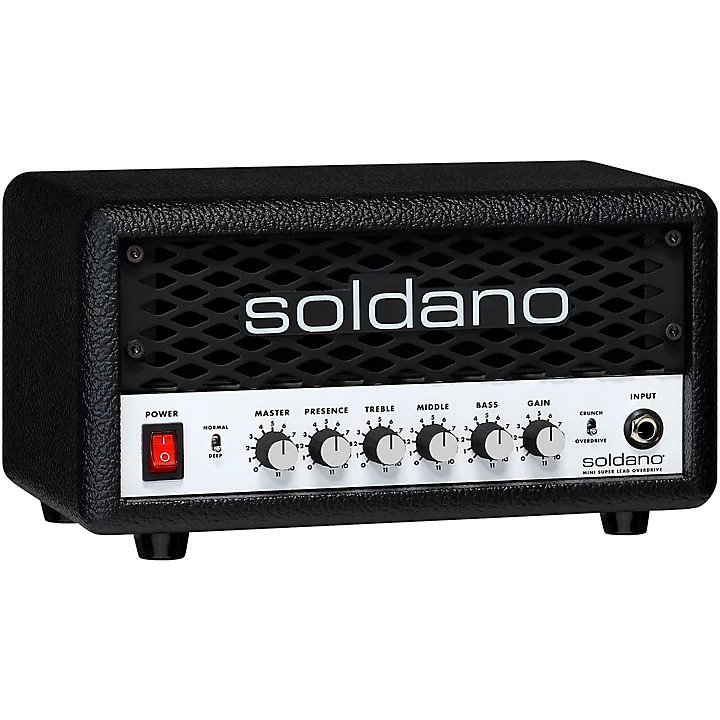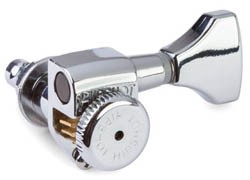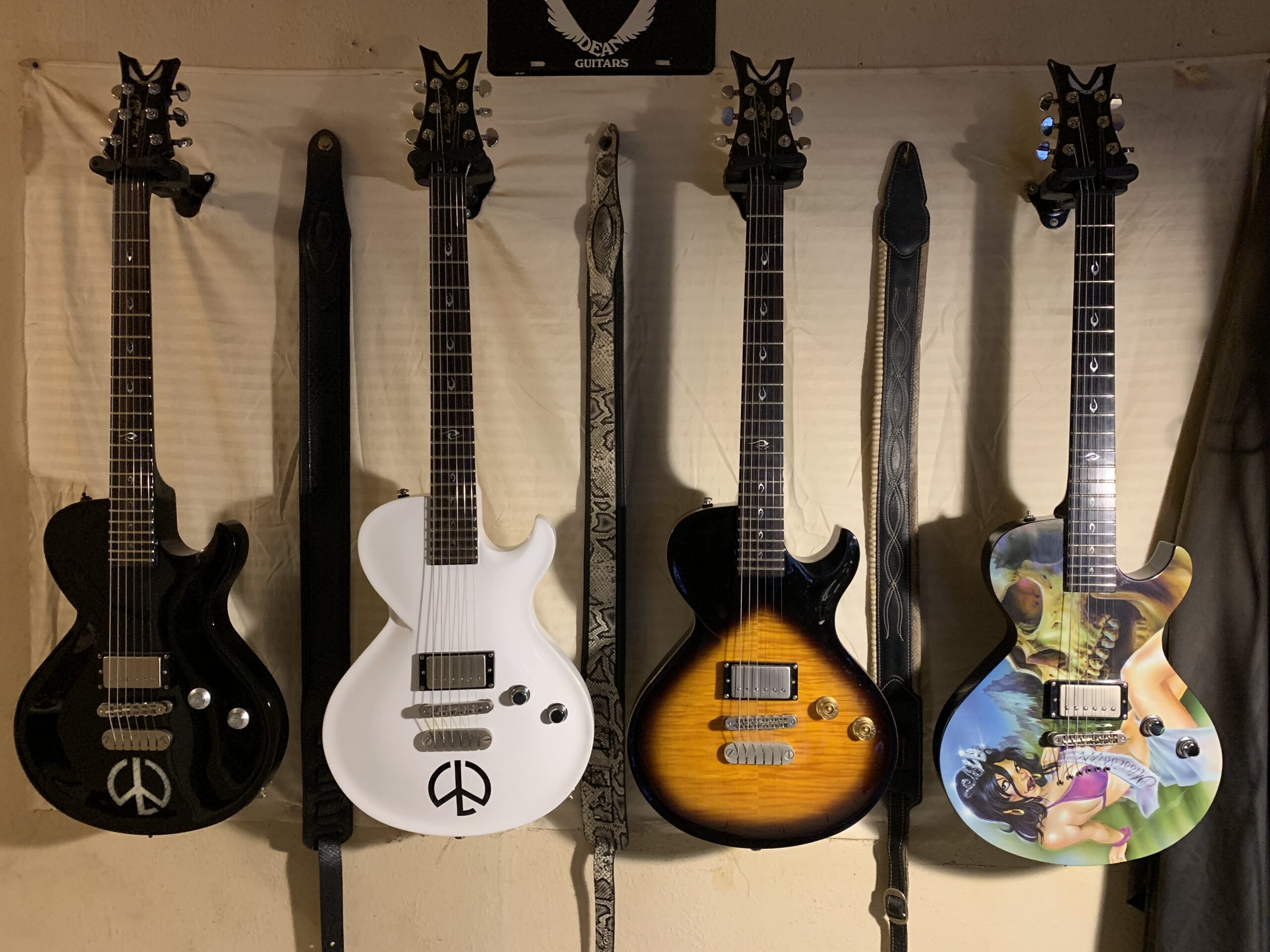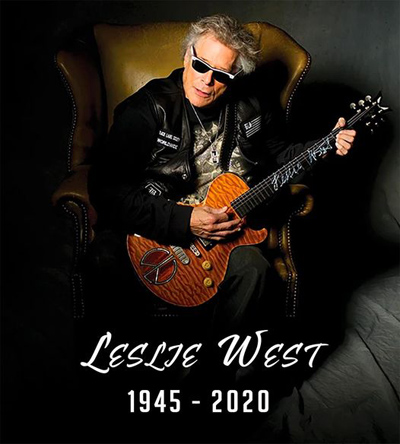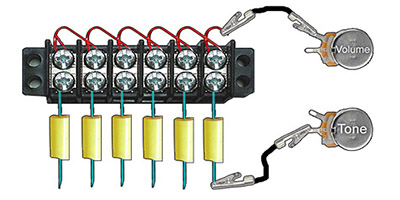
Tone Capacitor Comparison Test
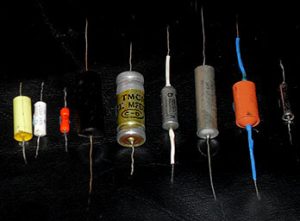 Trying to decide which capacitor to use for tone caps is not as easy as it really should be. I mean all the different types and values and it seems everyone has their favorite, and of course the tone is subjective to the listener as always and they’ll be more than happy to share that information with you if you ask. But there’s only one way to pick the one that’s right for you: try them out. I’ve been down this road before and every time I change caps I revisit the whole process (can’t help myself, I get a rush just looking for new parts then the anticipation of the package being delivered). I had seen the Russian PIO caps on Amazon a while back and I checked them out again and ordered some. I decided to do a multi cap tone test just for shits and grins so while waiting for delivery I made up a test rig of sorts using a terminal block and alligator clip test leads (see image below) to connect it to my guitars vol and tone controls. Then I went through what I already had on hand in the way of tone capacitor and got them ready. Of the Paper in Oil type I had some vintage VitaminQs (.01uf and .068) Dublier (.017) and one that may be a Black Beauty (.047) can’t tell for sure because the ink has all rubbed off. Then I added Sprague 192P (.015) Mojo Dijon (.022) Mallory (.022). Then the new Russian PIO caps arrived. K40N-2a (.022)and K40Y-9 (.010). Across the board the differences were stunning to say the least. The values, with a couple of exceptions, were so close that the biggest differences I have to attribute to the type and make. Here’s the list from worst to best:
Trying to decide which capacitor to use for tone caps is not as easy as it really should be. I mean all the different types and values and it seems everyone has their favorite, and of course the tone is subjective to the listener as always and they’ll be more than happy to share that information with you if you ask. But there’s only one way to pick the one that’s right for you: try them out. I’ve been down this road before and every time I change caps I revisit the whole process (can’t help myself, I get a rush just looking for new parts then the anticipation of the package being delivered). I had seen the Russian PIO caps on Amazon a while back and I checked them out again and ordered some. I decided to do a multi cap tone test just for shits and grins so while waiting for delivery I made up a test rig of sorts using a terminal block and alligator clip test leads (see image below) to connect it to my guitars vol and tone controls. Then I went through what I already had on hand in the way of tone capacitor and got them ready. Of the Paper in Oil type I had some vintage VitaminQs (.01uf and .068) Dublier (.017) and one that may be a Black Beauty (.047) can’t tell for sure because the ink has all rubbed off. Then I added Sprague 192P (.015) Mojo Dijon (.022) Mallory (.022). Then the new Russian PIO caps arrived. K40N-2a (.022)and K40Y-9 (.010). Across the board the differences were stunning to say the least. The values, with a couple of exceptions, were so close that the biggest differences I have to attribute to the type and make. Here’s the list from worst to best:
All capacitor values listed in microfarads (uf)
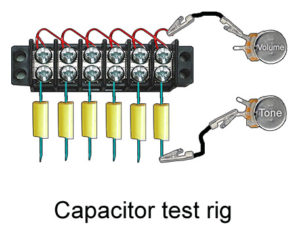 Black Beauty .047 was the first to go. It sounded ok until I turned the tone down. At the halfway point there was almost no volume. Could be a bad cap.
Black Beauty .047 was the first to go. It sounded ok until I turned the tone down. At the halfway point there was almost no volume. Could be a bad cap.
Mallory .022 was too sterile sounding with no life to speak of.
K40Y-9 .010 much warmer but nothing special.
Sprague VitaminQ .068 almost killed the volume like the B.B. possibly due to the value.
Sprague 192P .015 was warm smooth and it let the harmonics shine through somewhat. And it’s a tiny little thing.
Mojo Dijon .022 was a little bit better than the 192P.
The Dublier .017 was really nice with added note bloom but it’s physically large and may not fit easily in the cavity.
The K40N-2a .022was neck and neck with the Dublier in a much smaller package.
Sprague VitaminQ .o1o. Hands down the winner. The way it lets the harmonics breath, the warmth and smoothness, the added note bloom and it just sounds damn good to me.
So I went with the VitaminQ .010 in the Hamer Studio (2 vol 1 tone 1 cap) and a VitaminQ .010 for the neck pickup and a K40N-2a .022 for the bridge in the Les Paul. I’m very pleased with the outcome, but the really fun part was the side by side comparison testing. It was really interesting how the differences were not at all what I expected. I need some more caps to do it again just for the hell of it. As always YMMV.
Have you ever done a side by side tone capacitor test like this? Tell us about it in the comments below.


